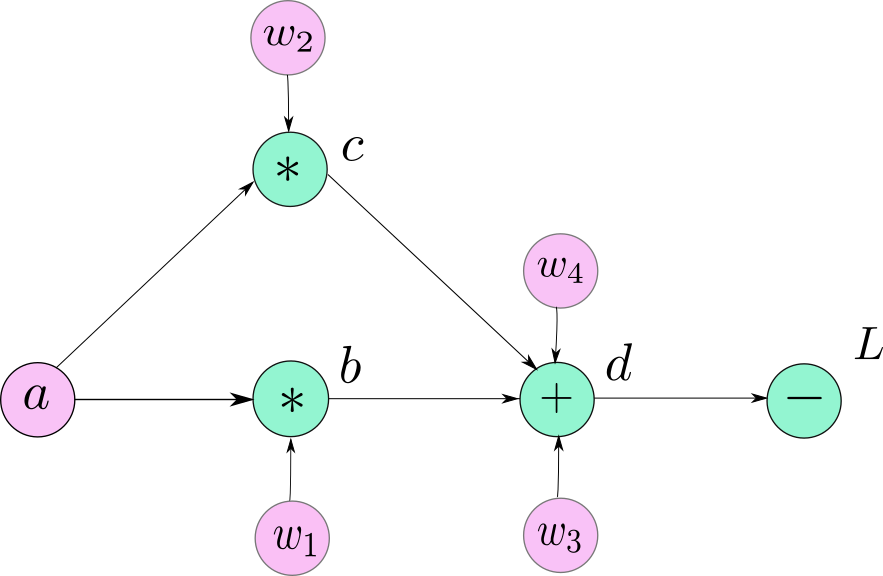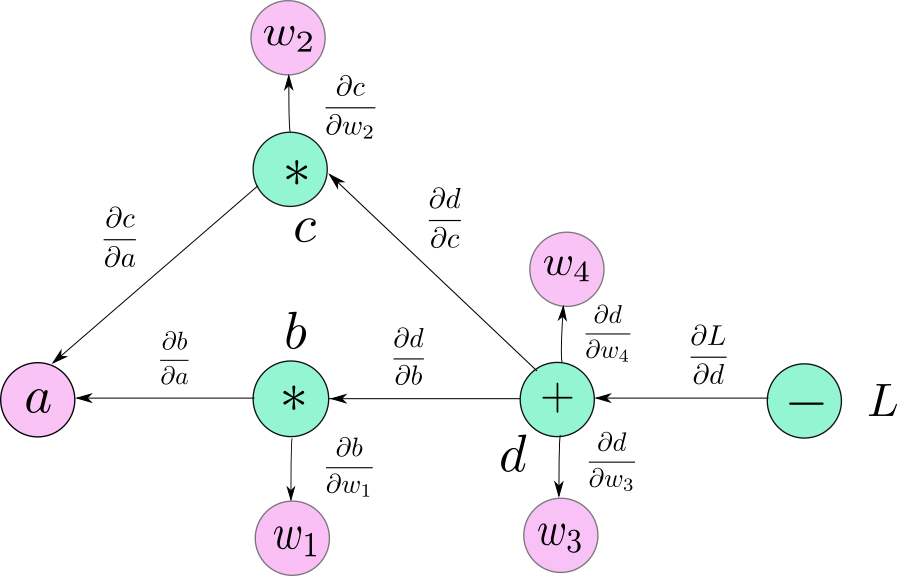- What is PyTorch
- Tensor
- Automatic Differentiation and Autograd
- Referances
PyTorch is an open source machine learning library based on the Torch library.
It's an improvement overTorch framework, however, the most notable change is the adoption of a Dynamic Computational Graph.
Developed by Facebook's AI Research lab (FAIR) .PyTorch emphasizes flexibility and allows DL models to be expressed in idiomatic Python.
PyTorch is a Python package that provides two high-level features:
- Tensor computation (like NumPy) with strong GPU acceleration
- Deep neural networks built on a tape-based autograd system
Similarly to NumPy, it also has a C backend, so they are both much faster than native Python, It's a replacement for NumPy to use the power of GPUs providing the max fexibility and speed.
A torch.Tensor is a specialized data structure that 1D or 2D matrix containing elements of a single data type .
PyTorch provides Tensors that can live either on the CPU or the GPU and accelerates the computation by a huge amount.
In PyTorch, we use tensors to encode the inputs and outputs of a model, as well as the model’s parameters.
- There are a few main ways to create a tensor, depending on your use case.
- To create a tensor From a NumPy array , use
np.array(data) - To create a tensor With random or constant values, use
torch.rand(shape). - To create a tensor From another tensor ,
torch.rand_like(shape, datatype). - In-place operations Operations that have a _ suffix are in-place. For example:
x.copy_(y),x.t_(), will change x.
torch.autograd is PyTorch’s automatic differentiation engine that powers neural network training.
A tensor can be created with requires_grad=True so that torch.autograd records operations on them for automatic differentiation.
Autograd has multiple goals:
- Full integration with neural network modules: mix and match auto-differentiation with user-provided gradients
- The main intended application of Autograd is gradient-based optimization
To get a conceptual understanding of how autograd helps a neural network train:
-
Neural networks (NNs) are a collection of functions that are executed on input data and parameters (consisting of weights and biases),
-
Training a NN happens in two steps:



